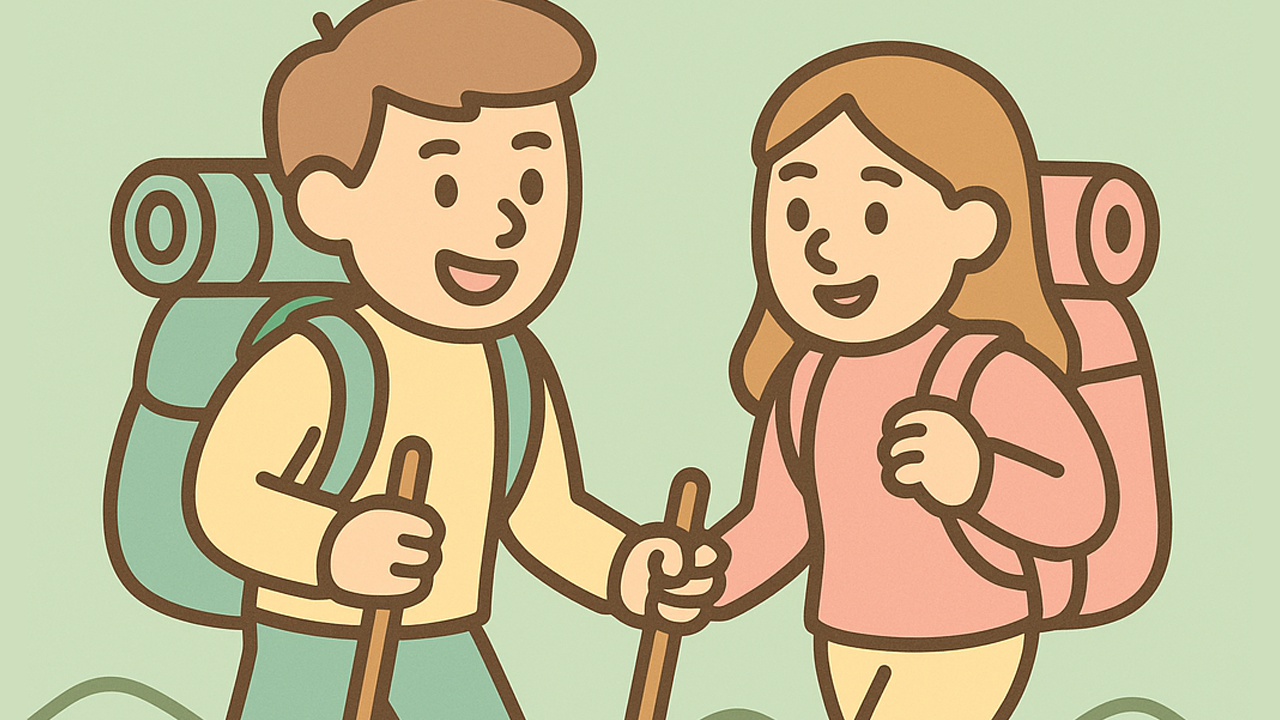Hiking Packing List

Before you hit the trails, it’s essential to pack the right gear for a safe and enjoyable hike.
When it comes to hiking, little things can make a big difference.
So, take a few minutes to plan ahead, and let’s get started on building the perfect packing list for your next adventure.
Before You Go…
- Check the weather forecast for your hiking destination and pack accordingly. Consider bringing extra clothes and layers for changing conditions.
- Inform someone of your hiking plans, including your route, estimated return time, and emergency contact information.
Packing Checklist
Backcountry Essentials
Personal Items
Clothing
Electronics
Food and Hydration
Camping Gear
Miscellaneous
Print or get the PDF
What Not to Pack for a Hiking Trip
When preparing for a hiking trip, it’s essential to prioritize packing only the necessities to ensure a safe and enjoyable experience.
But what should you NOT pack for your hiking trip?
- Valuables and Excessive Jewelry – Leave valuable items and excessive jewelry behind to reduce the risk of loss or theft.
- Electronic Devices with No Waterproof Case – Leave gadgets without waterproof cases at home to avoid damage from exposure to water and humidity.
- Food and Snacks That Attract Wildlife – Avoid packing food that may attract bears or other wildlife to your campsite, as this can pose a safety risk to you and others.
- Heavy or Bulky Items That Add Unnecessary Weight – Leave behind items that add unnecessary weight or bulk to your backpack to ensure a more comfortable and efficient hike.
- Non-Essential Clothing and Footwear – Pack only the essential clothing and footwear necessary for the hike, as excessive gear can add weight and take up valuable space.
- Unnecessary Tools and Accessories – Avoid packing unnecessary tools and accessories, as they can add weight and take up valuable space in your backpack.
- Dead or Expiring Batteries – Dispose of dead or expiring batteries before your trip to avoid any potential hazards.
Frequently Asked Questions
How much should a pack weigh for wild camping?
A good rule of thumb is to aim for around 20-25% of your body weight, including everything in your backpack. So if you weigh 150 pounds, your pack should ideally be between 30-37.5 pounds.
However, remember that lighter is often better. Carrying less weight means you’ll move more comfortably and easily through the wilderness. Start by packing the essentials, like shelter, sleeping gear, food, and clothing. Add additional items based on your trip’s specifics. But always keep an eye on that weight. A heavy backpack can tire you out quickly.
Do I need any special permits for wild camping in certain areas?
In many wilderness areas, especially national parks and protected regions, permits are required for camping.
Regulations can vary, so it’s essential to check with local authorities or park services to understand the specific rules and requirements for your chosen destination.
Failing to obtain the necessary permits can lead to removal from the area and fines.
What if I need to cut my trip short due to inclement weather?
Weather can be unpredictable in the wilderness, and sometimes it’s wiser to cut your trip short than risk getting stuck or injured.
If this happens, prioritize your safety and begin making your way back to civilization as soon as possible. Don’t take unnecessary risks by pushing through extreme weather conditions.
Remember to always let someone know your itinerary, including your expected return date, and consider carrying a personal locator beacon (PLB) or satellite phone in case of an emergency.
Should I carry a first aid kit and what should it include?
Carrying a first aid kit is crucial for any wilderness trip.
A basic kit should include basic medical supplies such as bandages, antiseptic wipes, pain relievers, and any medications you may need.
Don’t forget to pack any personal medications, as well as any specific supplies required for your specific activities, such as bug spray or sunscreen.